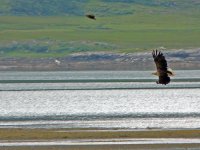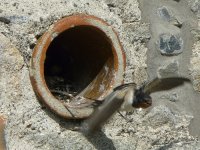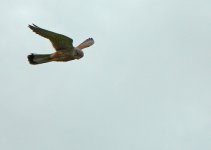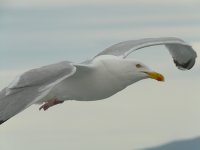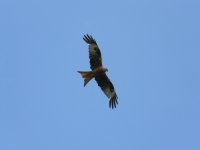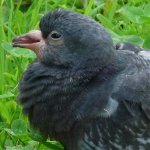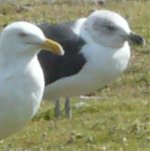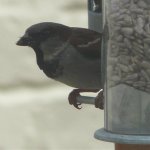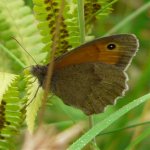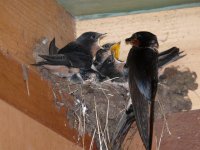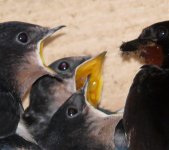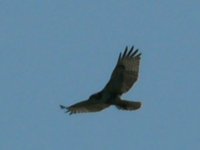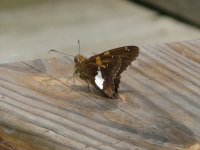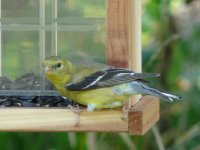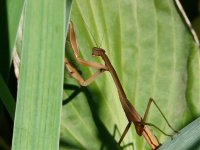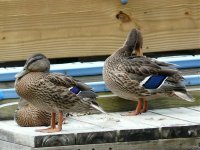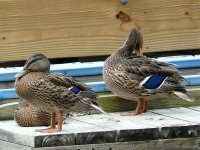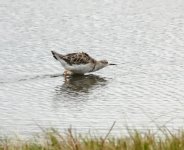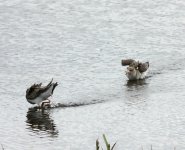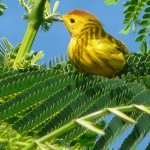I'm not very up with terms and words used with the technical elements of the cameras or what exactly each lens would do but, would the teleconverter lens make pictures like the first one I posted more clear or is it up to the photographer?
Hi Matt,
The last four photos are quite good. I think I like the praying mantis shot the best; quite a nice find.
I am still trying to figure out myself why certain shots with the camera come out almost perfectly, while others seem blurry and distorted without a clear reason. In any event, here are some thoughts related to your question and the photos you posted:
1. Not sure how much you know about photo editing software (I am not an expert but know the basics). I find that with pretty much all my photos I get the best result if I leave the sharpness setting on the camera neutral (which yours is), and then add a bit of sharpening using photo editing software. (I use the free program PhotoFiltre; Picasa is another popular free program). I added some sharpening to your photo of the mallards as an example and attached the result. (The amount of sharpening you will want to do varies according to taste; I might have done too much with this photo).
2. It seems that the greater your distance from the subject, the greater the likelihood that something will go wrong. Either the focusing will be off, the exposure will be off, or heat distortion will come into play. I think with your photo of the Red-tail, all of these might be an issue. With respect to exposure, when photographing a bird against a bright sky, you probably want to increase the exposure a bit to avoid underexposing the bird. You need to do this because the camera will often be setting the exposure to make the sky come out well, but not the bird. Probably the easiest way to adjust the exposure is to tinker with the EV value. Just press the button directly above the word "menu" on the back of the camera and then press the right arrow button to increase the EV value and the exposure.
3. With birds in flight, getting the focusing right can be a challenge for the camera. In these situations, I just try to take lots of photos and hope I get something good. I might take five shots, refocus, take five more, and so on. If you are not already using it, I would suggest you use "burst mode". In continuous burst mode, you just press the button, hold it down, and the shutter keeps on clicking.
4. A teleconverter does help you get closer to the bird, and will help you get satisfying frame filling shots even with more distant birds. But on the other hand, since it increases the magnification, this also means that things like heat distortion may cause greater problems, especially at a distance. So I do not think I would say in general that it is the answer to getting sharper photos -- but you certainly can get sharp photos with it.
5. Finally, it can help to practice your technique on more common birds, such as house sparrows or pigeons or crows. If you only try flight shots when a hawk comes around, is going to be difficult to get the hang of it. But I think even with practice flight shots are going to be challenging, and you do have to wait for conditions to be right (lighting, etc.) to get a good shot.
Hope this helps,
Jim
I also find that burst mode and panning help.




